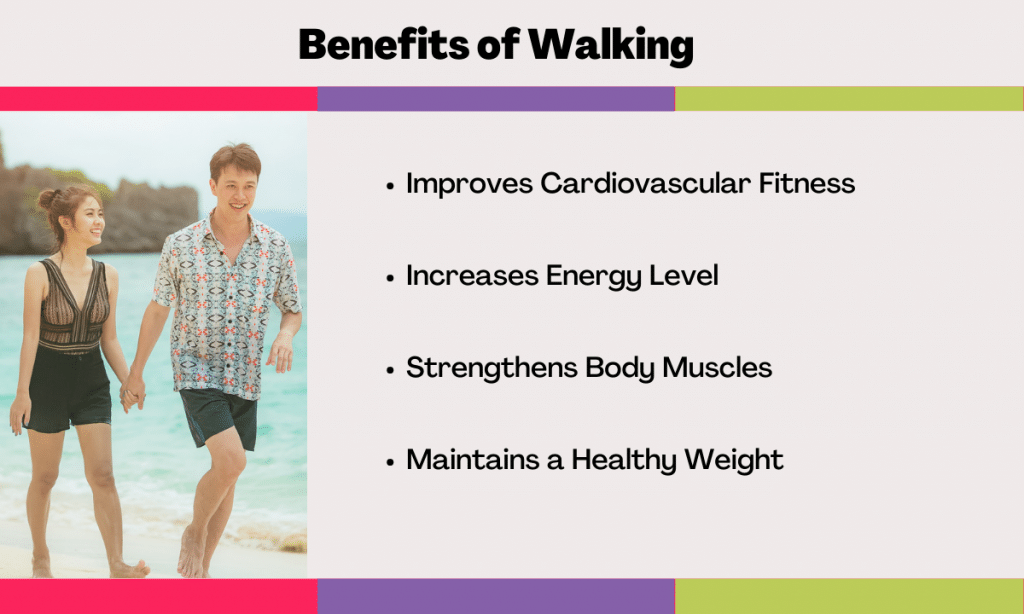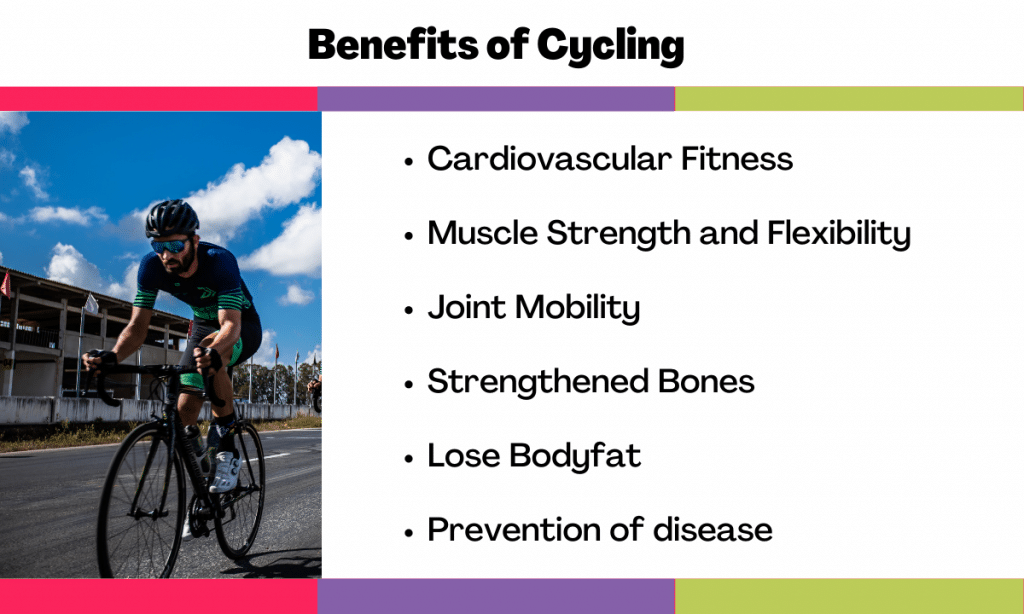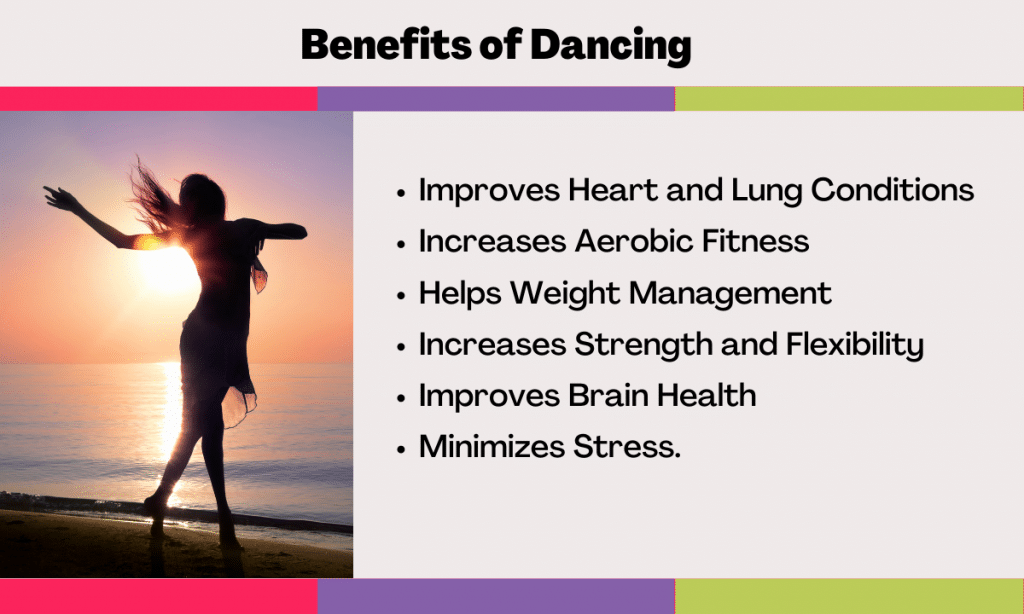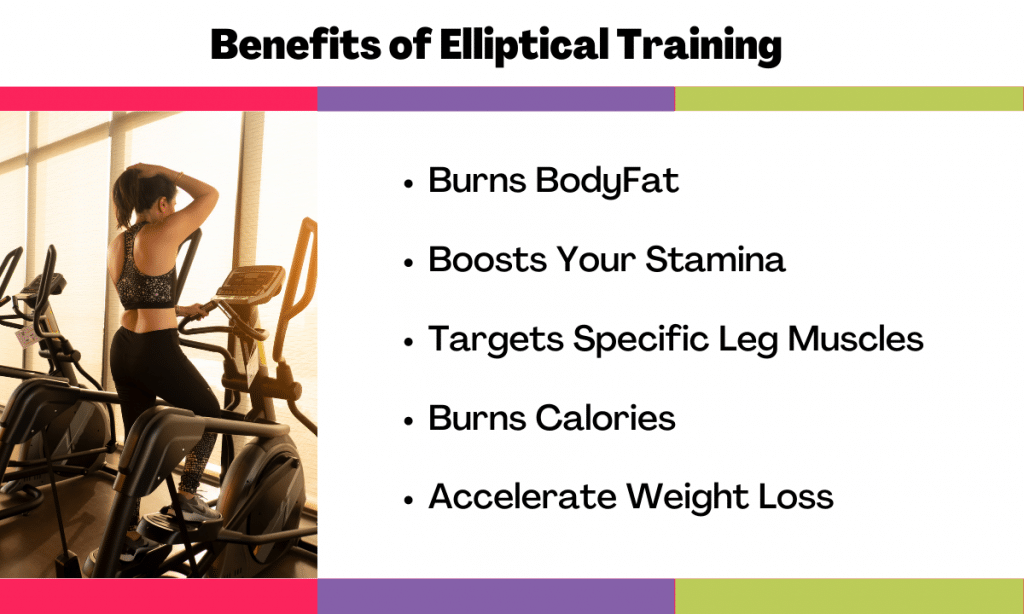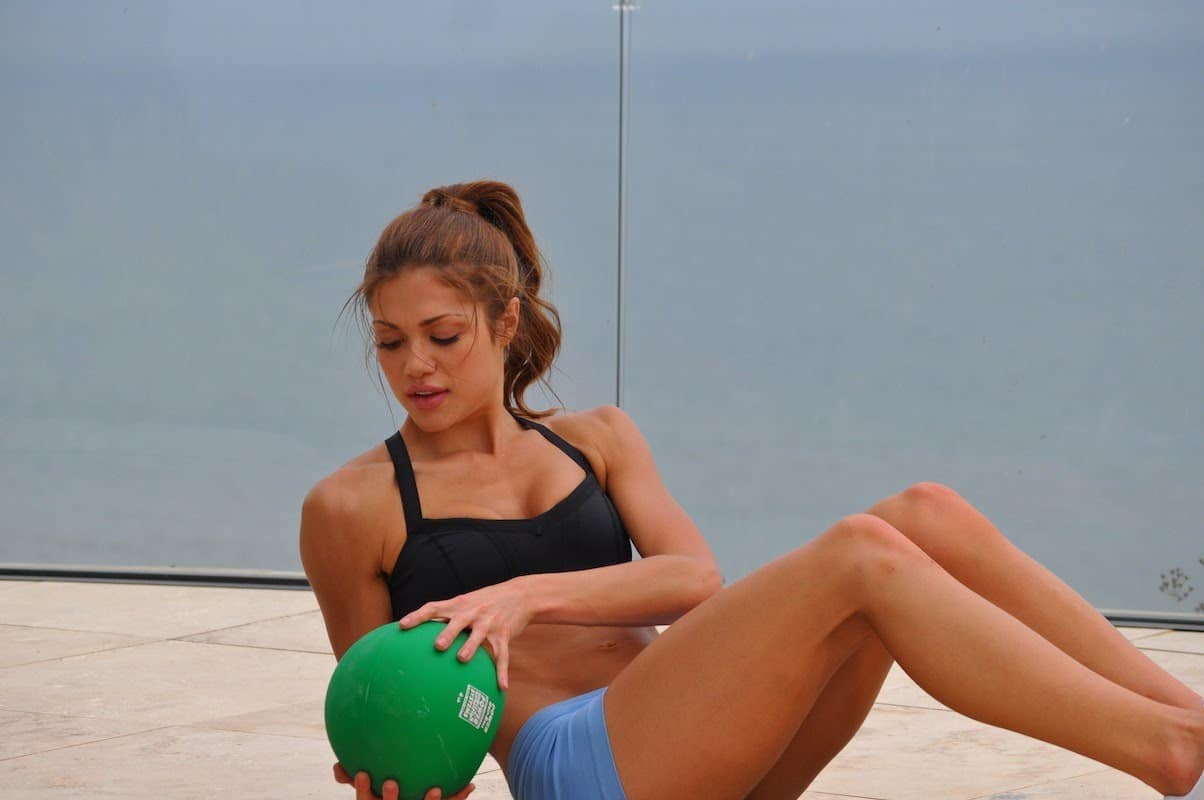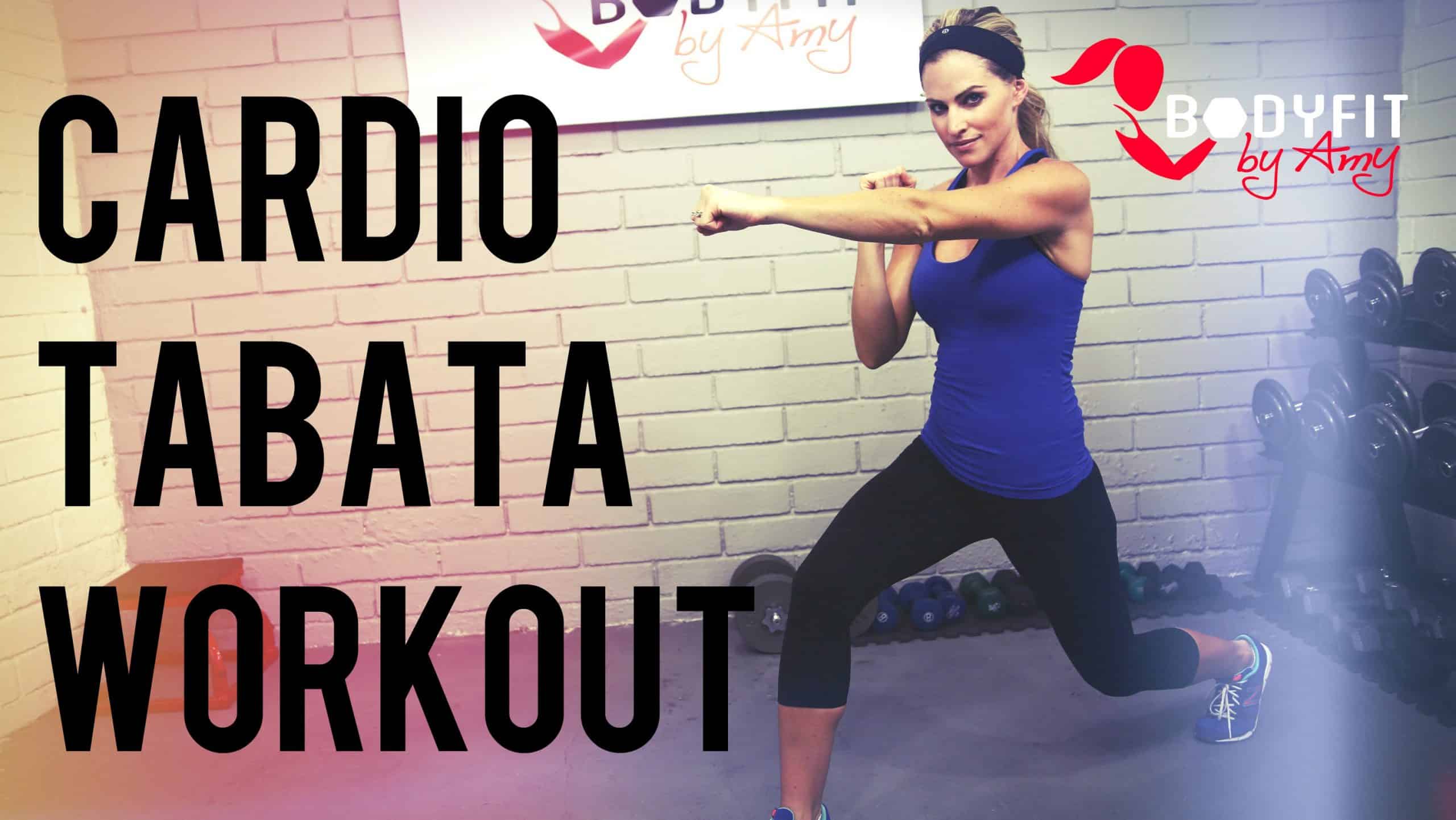Done with arm day, time for cardio. Okay, you know about HIIT cardio, what about Low-intensity cardio? Low-intensity cardio exercises are a great way to improve your fitness.
Many people believe that to get in shape, they must engage in high-intensity workouts that leave them gasping for air and unable to move the next day. This, however, is not the case. In reality, low-intensity cardio exercises can be just as helpful as high-intensity workouts, if not more so, for people who are just starting on their fitness journey.
In this article, we’ll explore what low-intensity cardio exercises are, the benefits of incorporating them into your fitness routine, and some examples of low-intensity cardio exercises you can try.
What Are Low-Intensity Cardio Exercises?
Low-intensity cardio exercises do not demand a great deal of effort or energy. These exercises are normally performed at a slow pace and do not leave you weary at the end of your workout. Walking, cycling, swimming, and yoga are examples of low-intensity cardio exercises.
Why Choose Low-Intensity Cardio Exercises?
There are numerous advantages to choosing low-intensity cardio exercises over high-intensity workouts. First, low-intensity activities are an excellent approach to gradually and steadily increase your fitness level. High-intensity workouts can be stressful and even dangerous if you’re new to working out or have been sedentary for a long time.
Low-intensity cardio exercises, allow you to gradually enhance your fitness level without placing too much effort onto your body. As a result, they are an excellent alternative for individuals who are recovering from an injury, have a chronic disease, or simply want to maintain their fitness level.
Another advantage of low-intensity cardio exercises is that they may be done at any time and at any place. To begin with low-intensity workouts, you don’t need any fancy equipment or a gym membership. All you need are some comfy shoes and enough room to roam around.
Finally, low-intensity aerobic exercises might help you relax and improve your mental health. Low-intensity workouts are no exception to the favorable effects of exercise on mental health. You can minimize your tension and boost your mood by approaching exercise gently.
The Benefits of Low-Intensity Cardio Exercises:
There are many benefits to incorporating low-intensity cardio exercises into your fitness routine. Here are some of the most notable ones:
Improved cardiovascular health:
Low-intensity cardio activities can assist with improving heart health by strengthening the heart muscle and increasing blood flow throughout the body.
Reduced stress levels: Exercise is an excellent stress reliever, and low-intensity aerobic workouts are no exception. They can assist you in relaxing and unwinding after a long day.
Increased endurance: Low-intensity aerobic exercises can help you build your endurance, making common tasks, like climbing stairs or carrying groceries simpler.
Weight loss: Low-intensity cardio workouts can help you burn calories and lose weight, making them an excellent choice for anyone seeking to lose weight.
Types of Low-Intensity Cardio Exercises
There are many types of low-intensity cardio exercises to choose from, each with its unique benefits. Here are a few examples:
1. Walking
Walking is one of the most basic and efficient types of exercise. You only need a pair of comfy shoes and a small amount of time to gain the benefits of this low-intensity workout. Walking can help you maintain a healthy weight, enhance cardiovascular health, and strengthen your muscles and bones.
2. Cycling
Cycling is another excellent low-intensity activity that can be performed indoors and outdoors. Cycling, like walking, can help you improve your cardiovascular health and maintain a healthy weight. It’s also a low-impact workout, so it’s gentle on your joints.
3. Swimming
Swimming is an excellent, low-impact exercise for people of all ages and fitness levels. It’s a full-body workout that can help you improve your cardiovascular health, build muscle, and keep your weight in check. Swimming is also an excellent approach to relieving stress and promoting mental wellness.
4. Yoga
Yoga is a low-intensity workout that can help you improve your flexibility, strength, and balance. It is also an excellent technique to decrease stress and boost mental wellness. There are numerous styles of yoga to select from, so you’re bound to find one that matches your fitness level and goals.
5. Dancing
Dancing is a fun and low-impact way to get your heart rate up. You can try a dance class or just turn up the music and dance around your living room.
6. Rowing
Rowing is a low-impact exercise that provides a full-body workout. You can use a rowing machine at the gym, or try rowing outdoors if you can access a body of water.
7. Elliptical Training
Elliptical training is a low-impact activity that gives you a fantastic aerobic workout while placing little strain on your joints. You can use an elliptical machine at the gym or buy one to use at home.
Tips for Getting Started with Low-Intensity Cardio Exercises
If you’re new to exercise or haven’t been active in a while, it’s important to start slowly and gradually increase the intensity of your workouts over time.
Here are a few tips to help you get started with low-intensity cardio exercises:
- Warm up properly: Warming up your body is crucial before exercising. Light stretching or a few minutes of low-intensity aerobics can be included. Warming up helps to prepare your muscles and joints for the upcoming workout, lowering your chance of injury and enhancing overall performance.
- Pay attention to your heart rate: Low- to moderate-intensity cardio exercises should keep your heart rate low to moderate. Aim to keep your heart rate in this range during your workout to get the most out of it. To guarantee you’re staying in the appropriate zone, use a heart rate monitor or manually track your pulse.
- Focus on form: Even though low-intensity cardio workouts are low-impact, perfect technique is still required to avoid injury and get the most out of your workout. Pay attention to your posture, alignment, and technique whether you’re walking, riding, or doing yoga.
- Gradually increase intensity: You can progressively raise the intensity of your low-intensity cardio exercises as your endurance and fitness level improves. This can involve walking faster, raising the resistance on a stationary bike, or including more difficult yoga positions in your program.
- Mix it up: Including a variety of low-intensity cardio activities in your regimen can help you avoid boredom and challenge your body in new ways. Try walking, cycling, or swimming, or try a different yoga class or dancing technique.
- Stay hydrated: Even while low-intensity cardio exercises aren’t as strenuous as high-intensity workouts, staying hydrated is still crucial. To keep your body hydrated and prevent dehydration, drink plenty of water before, during, and after your workout.
- Listen to your body: Stop immediately and rest if you encounter any pain, discomfort, or strange symptoms throughout your training. Listen to your body and don’t overdo it, especially if you’re new to exercising or have any underlying health concerns.
Frequently Asked Questions:
Is low-intensity cardio effective for weight loss?
When paired with a balanced diet and lifestyle, low-intensity cardio can be useful for weight loss. Although high-intensity exercise is frequently marketed as the most efficient approach to reducing weight, low-intensity cardio can also be beneficial.
How does low-intensity cardio affect my heart rate?
As the body attempts to meet the demands of the activity, low-intensity cardio often induces a mild increase in heart rate. The increase in heart rate, however, is usually not as severe as it is with high-intensity cardio.
Your heart rate will rise to a level that is sustainable for an extended amount of time during low-intensity exercise. This is because your muscles require a constant supply of oxygen and nutrients to function properly, and your heart works to give those resources.
What should my heart rate be during low-intensity cardio?
Because low-intensity cardio workouts are less demanding on the body than high-intensity exercises, they often generate a steady increase in heart rate.
Low-intensity cardio raises the heart rate to a moderate level, often staying between 50 and 70% of the maximum heart rate.
Wrapping Up:
Low-intensity cardio activities are an excellent method to improve your cardiovascular health, reduce stress, and develop your endurance without putting undue strain on your body. Including these activities in your workout program can help you reach your fitness objectives, while also improving your general health and well-being.
To get the most out of your low-intensity cardio workouts, remember to warm up properly, pay attention to your heart rate and form, gradually increase the effort, change it up, keep hydrated, and listen to your body.

